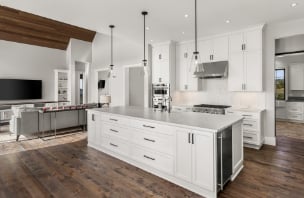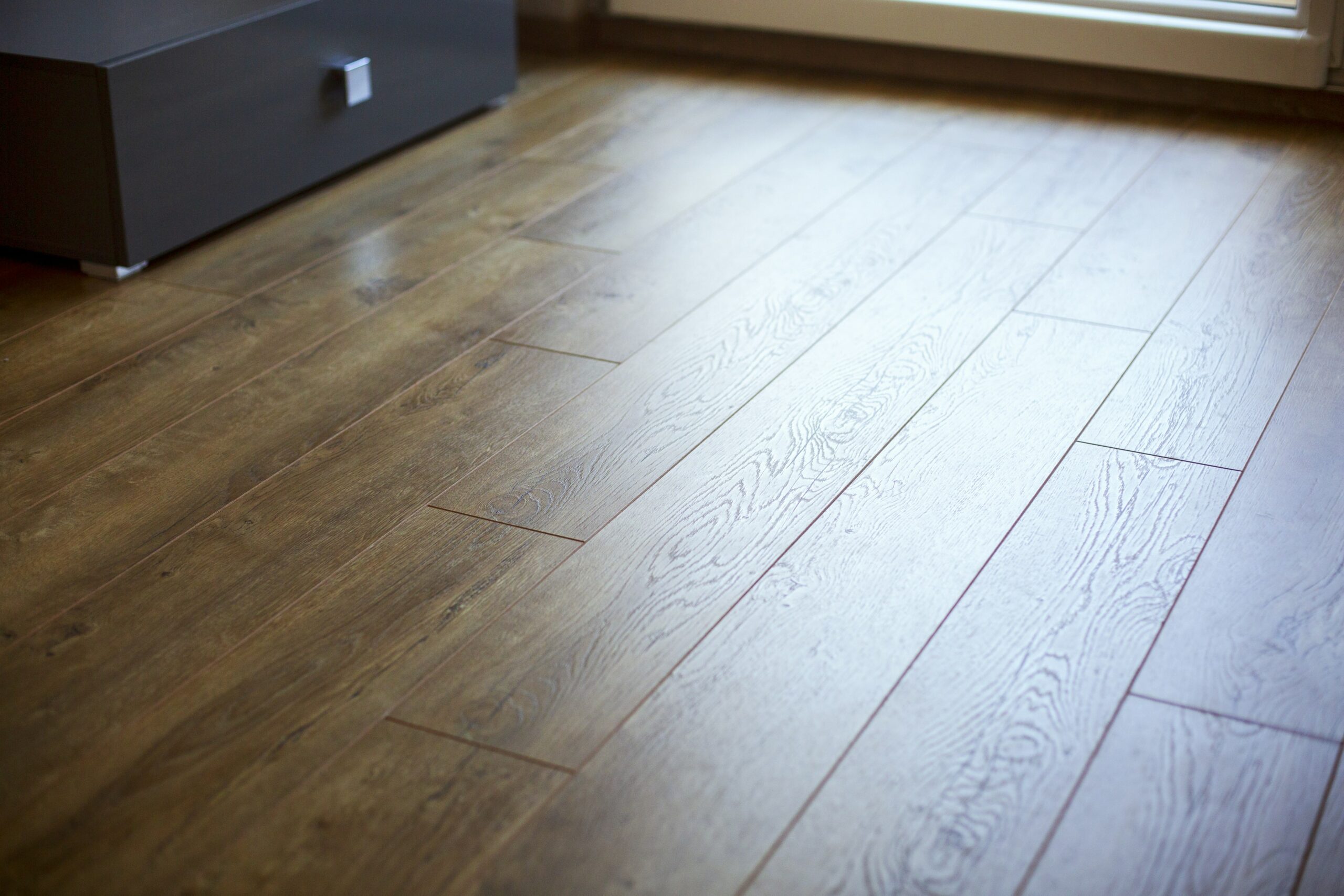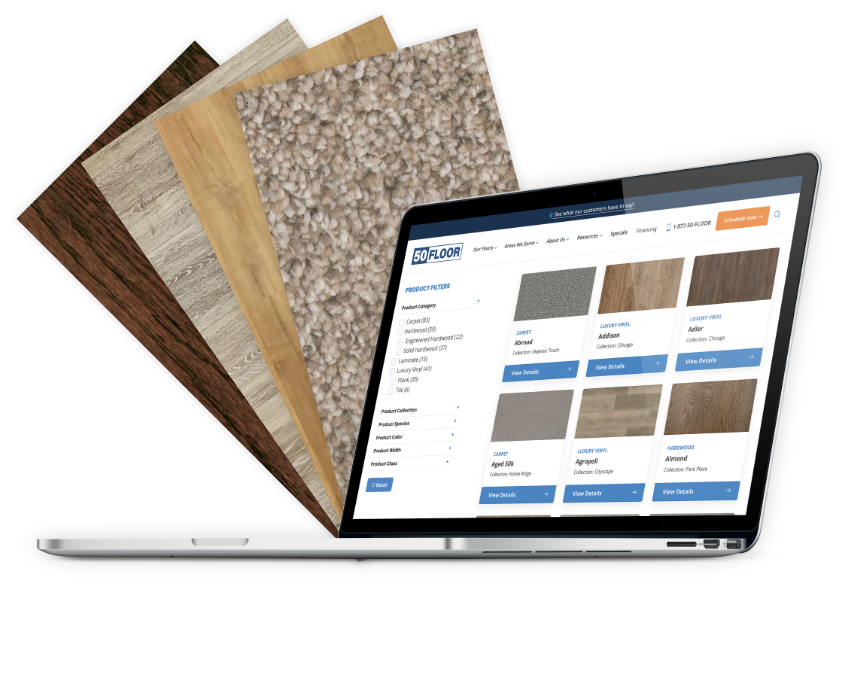Flooring is a key aspect of any space, as it not only impacts the aesthetics of your home but also plays a significant role in the comfort and durability of the area. With a range of flooring options available, it is essential to understand your unique needs and choose the ideal flooring type that provides the best combination of function and style.
One of the factors to consider while making this choice is the level of moisture exposure your flooring will face.
Waterproof and water-resistant flooring differ in their abilities to protect against moisture, spills, and water-related damage. While both types offer a level of moisture protection, they differ in performance, durability, and application, depending on your specific requirements.
Understanding the differences between waterproof and water-resistant flooring can help you make an informed decision when selecting the perfect floor for your home, office, or commercial space.
In the following sections, we will go into the details of waterproof and water-resistant flooring, discuss their advantages and disadvantages, and explore the key differences between the two.


What Is Waterproof Flooring?
Waterproof flooring is a type of flooring specifically designed to prevent water penetration and withstand prolonged exposure to water. This type of flooring provides an impenetrable barrier against liquids,which makes it ideal for high-moisture environments and protecting your floors from damage.
Advantages of Waterproof Flooring
- Withstands spills and moisture exposure: waterproof flooring can handle spills and moisture without suffering damage, making it suitable for areas in your home with frequent water exposure.
- Ideal for high-moisture areas: Waterproof flooring is a great choice for kitchens, bathrooms, laundry rooms, and other areas where water is frequently used.
- Can be submerged in water for extended periods: Depending on the specific material, waterproof flooring can remain submerged in water without being damaged.


What Is Water-Resistant Flooring?
Water-resistant flooring is a type of flooring that can handle occasional moisture and spills if it is cleaned up promptly. But it cannot withstand prolonged exposure to water like its waterproof counterpart.
It is made from different materials, such as laminate, engineered hardwood, and certain types of luxury vinyl.
Advantages of Water-Resistant Flooring
- Can handle spills and moisture if cleaned up quickly
- Often more budget-friendly compared to waterproof options
- Offers a wider variety of styles and materials
Water-resistance of a flooring option varies depending on the specific material and construction. For example, some engineered hardwoods may be more resistant to moisture than others.
Think about how much moisture exposure the area will face and whether the level of protection offered by water-resistant flooring is sufficient.
For low-moisture areas like bedrooms or living rooms, water-resistant flooring may be an excellent choice due to its affordability and style options. But, if the area is exposed to more moisture, such as a kitchen or laundry room, a waterproof flooring option may be a better choice.




Differences Between Waterproof and Water-Resistant Flooring
| Feature | Waterproof Flooring | Water-Resistant Flooring |
| Water Absorption | Little to no absorption | Moderate absorption |
| Suitability for Rooms | Ideal for high-moisture areas (bathrooms, kitchens, and laundry rooms) | Suitable for low to moderate moisture (living rooms, dining rooms, and bedrooms) |
| Durability | Highly durable | May be more or less durable, depending on the material |
| Maintenance | Requires minimal maintenance | Regular maintenance is necessary |
Choosing the Right Flooring for Your Home
Consider the following:
Rooms to Install the Floor In
Think about the rooms where the new flooring will be installed. If you are looking to cover a high-moisture area such as a bathroom, kitchen, or laundry room, waterproof flooring would be the best option. On the other hand, water-resistant flooring might be suitable for spaces with occasional spills, like a living room or bedroom.
Cost
Waterproof flooring can be more expensive than water-resistant options. But investing in waterproof flooring can save you money in the long run.


Aesthetics and Home Value
Your personal style and aesthetic preferences play a significant role in your decision-making process.
Both waterproof and water-resistant flooring types come in a variety of materials, colors, patterns, and textures to match your desired look. You can find waterproof options that mimic the appearance of hardwood, stone, or ceramic tiles to achieve the design you envision for your home.
Here are some more recommendations:
- High-traffic bathroom: Go for waterproof flooring made of vinyl, porcelain, or ceramic tiles since they can handle water exposure and are easy to maintain.
- Budget-friendly kitchen: Choose water-resistant laminate flooring, which is more affordable than waterproof options but still durable and stylish.
- Low-moisture living room: You can explore a wider variety of water-resistant options, such as engineered hardwood, cork, or bamboo flooring, depending on your desired aesthetics and budget.


GET INSPIRED
Flooring to MATCH YOUR STYLE

















